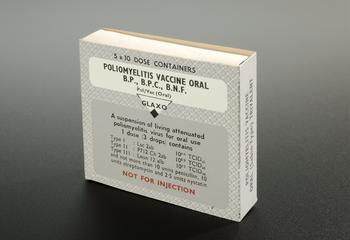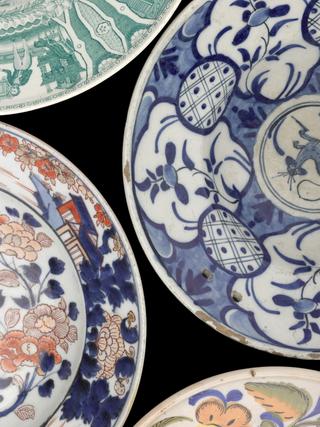
Flat pack laboratory waste bin








Unused Loop Bio-bin®, paper-based containers for laboratory waste, made by Econix Ltd, 2020-2021 of the type used at the Cambridge COVID-19 Test Centre, based at the Anne McLaren Building on the University of Cambridge Biomedical Campus, April 2020 – April 2021
Disposing of laboratory waste safely is one way people testing COVID-19 samples can protect themselves. This flat-pack example is easy to transport, store, and eventually dispose of. Each bin is made for 96% recycled paper. A bio-hazard symbol warns anyone that the contents contain infectious material.
Delivered in just five weeks rather than the normal six month fit out for a testing laboratory the Cambridge COVID-19 Test Centre tested 3 million samples during its year of operation. 14 robots speeded up the testing rate by six times. The Test Centre was originally a collaboration between the University of Cambridge, AstraZeneca and GSK, staffed by volunteers from the three sites, many of leaving their studies or roles for a few months, or taking on additional jobs. Volunteers worked in shift patterns in the same role to prevent the spread of COVID-19. In June 2020, the testing centre transition to a directly employed workforce, rather than relying on volunteers. The laboratory was run by Charles River Laboratories with 200 staff.
Details
- Category:
- Public Health & Hygiene
- Object Number:
- 2022-72/118
- Materials:
- paper
- Measurements:
-
overall: 253 mm x 105 mm x 6 mm,
- type:
- laboratory equipment


